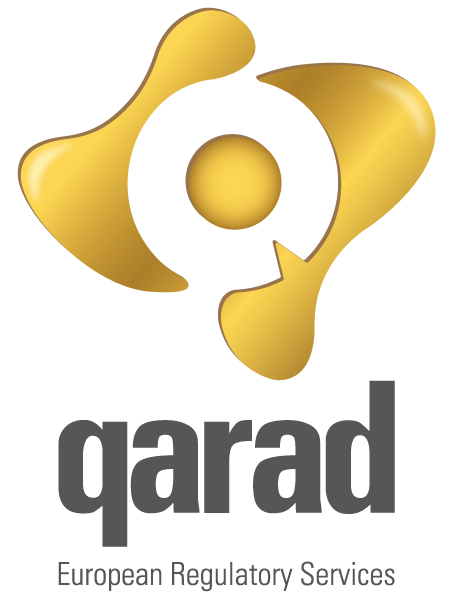March 16th and 17th, 2020, the Medical Device Coordination Group (MDCG) released three new guidance documents and two updated guidance documents.
New: MDCG 2020-1 Guidance on Clinical Evaluation (MDR)/Performance Evaluation (IVDR) of Medical Device Software.
This guidance only covers software for which the manufacturer claims a specific medical intended purpose. Such software has a clinical benefit and requires clinical evidence within its own conformity assessment.
Software for which the manufacturer does not claim any medical intended purpose, which is intended to drive or influence a medical device, is out of the scope of this guidance as the clinical evidence is provided within the context of the driven or influenced device.
The guidance clearly states that “Clinical expertise and judgments are required at every step of the clinical evaluation (MDR) / performance evaluation (IVDR), including literature search and appraisal. Each indication and claimed clinical benefit that is part of the intended purpose should be assessed individually and have the supporting clinical evidence. Systematic and explicit approach for the appraisal of supporting data allows achieving confident, scientifically substantiated conclusions and facilitates transparency of these judgments.”
Software that qualifies as a MD or an IVD is subject to the same general clinical evaluation (MDR) / performance evaluation (IVDR) principles, laid down in the applicable guidelines and regulatory documents, as other MDs/ IVDs.
New: MDCG 2020-2 Class I Transitional provisions under Article 120 (3 and 4) – MDR.
This guidance applies to Class I devices for which the conformity assessment procedure pursuant to the MDR would require the involvement of a notified body. The document provides guidance with regards to the information to be provided in the form of a Declaration of Conformity.
New: MDCG 2020-3 Guidance on significant changes regarding the transitional provision under Article 120 of the MDR with regard to devices covered by certificates according to MDD or AIMDD.
This guidance provides clarification on the changes to a legacy device that should be considered a “significant change in design or a significant change in the intended purpose” under MDR Article 120(3).
Administrative changes of organisations are considered in principle as non-significant. Also, all changes not having an impact on the design or the intended purpose of the device can be regarded as not significant in the meaning of MDR Article 120(3). Nevertheless, these changes should still be notified to the Notified Boy and the manufacturer always remains responsible for providing evidence that all the changes considered non-significant do indeed neither affect the design nor the intended purpose. When changes are likely to affect the design or the intended purpose of the device, the significance of such a change must be assessed on a case-by-case basis. To help manufacturers and notified bodies in judging the significance of the changes, the guidance includes six flow charts asking questions related to different factors.
Update: Version 3 of the MDCG 2018-1 Guidance on BASIC UDI-DI and changes to UDI-DI.
This new revision contains considerations regarding changes to specific UDI associated data elements.
Update: Version 2 of the MDCG 2018-1 Guidance on BASIC UDI-DI and changes to UDI-DI.
In this new revision the explanation to some of the symbols has been improved.
What does this mean to you?
Manufacturers of Medical device software should carefully read the guidance MDCG 2020-1 to ensure that they have appropriately addressed the clinical evaluation or performance evaluation requirements for their device.
Manufacturers of class I devices that for which the conformity assessment procedure pursuant to the MDR would require the involvement of a notified body will have to draw up the necessary Declaration of Conformity and Technical Documentation under the MDD 93/42/EEC prior to May 26th 2020 in accordance with MDCG 2020-2. If you amend your technical documentation and/or Declaration of Conformity, then the necessary amendments/updates should be done in a transparent manner. Both the changes and the dates of when the changes were made should be recorded.
Manufacturers should adjust their change notification procedures, i.e. their provisions to inform their notified body on changes, in accordance with the principles outlined in MDCG 2020-3 until the date of application of the MDR. The adjusted procedures will be subject to notified body assessment within their surveillance activities according to MDR Art. 120(3).
Should you want to discuss this more in depth with one of our consultants, please do not hesitate to get in touch with us.

